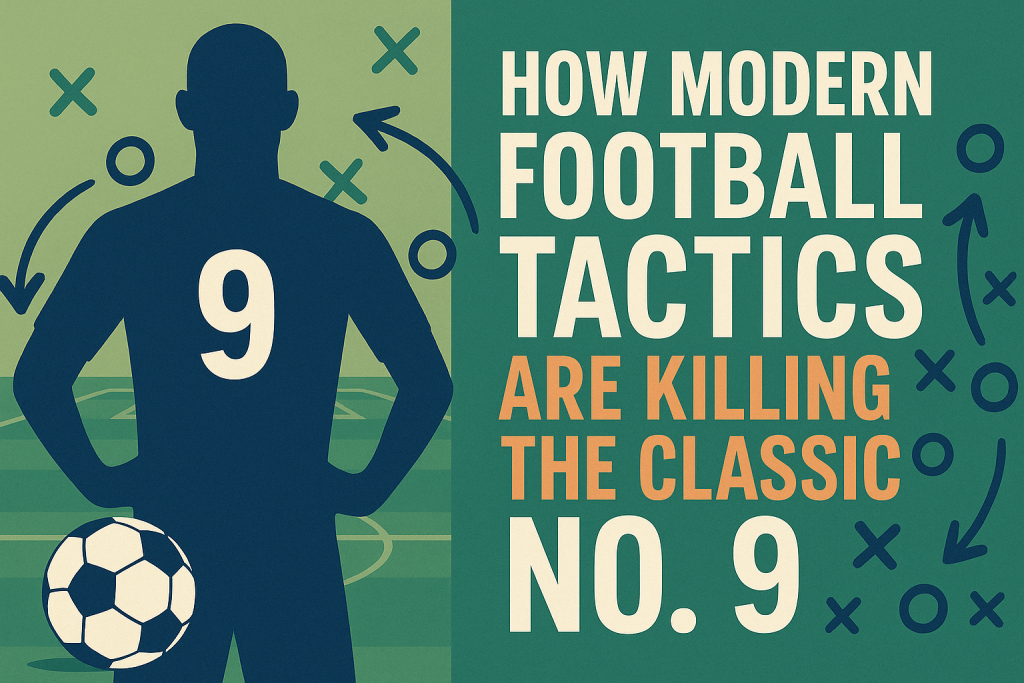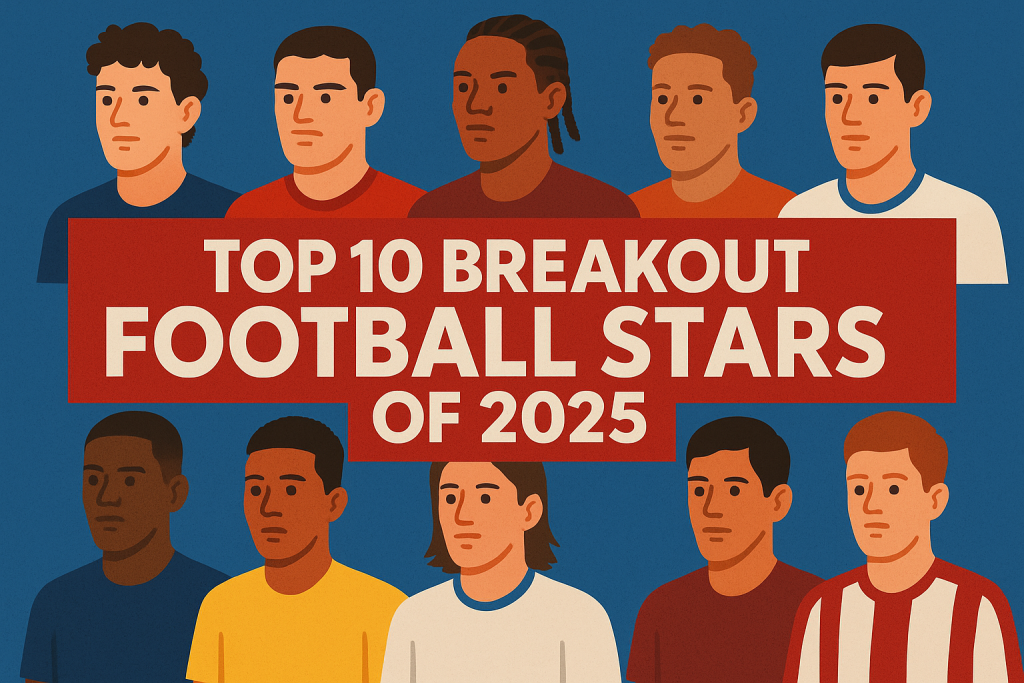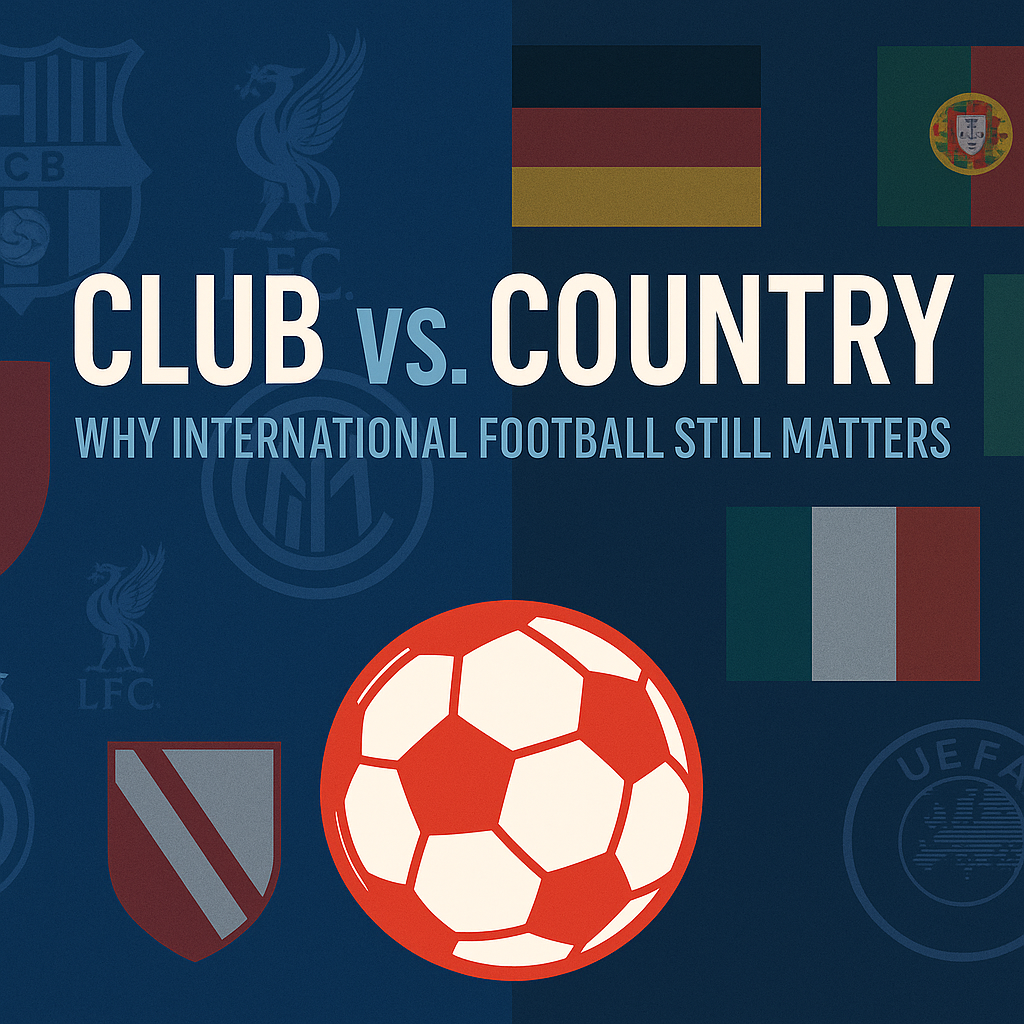How Modern Football Tactics Are Killing the Classic No. 9

As false nines, fluid formations, and pressing systems take over, the days of the traditional striker may be numbered.
Modern football tactics are evolving fast. Here’s how the false 9 and pressing systems are replacing the classic striker role in today’s game.
The classic No. 9: a towering figure, lethal in the box, and the heartbeat of any attacking system. Names like Alan Shearer, Filippo Inzaghi, Didier Drogba, and Gabriel Batistuta come to mind — strikers who lived for goals, not for link-up play.
Fast forward to 2025, and football has changed. Modern football tactics increasingly sideline the traditional striker role in favor of systems that demand mobility, pressing, and positional interchange. The rise of the false 9, inverted wingers, and high defensive lines are not just changing the game — they’re reshaping what we define as a striker.
So is this the death of the classic No. 9?
What Is a Classic No. 9?
The traditional No. 9 is:
- A focal point in attack
- Strong in aerial duels
- Often static, staying high up the pitch
- Scoring-focused with minimal involvement in build-up
They’re judged on goals, not passes.
But in the modern game, systems increasingly demand:
- Dropping deep
- Pressing aggressively
- Linking with midfield
- Creating space for others
That’s where the conflict begins.
Tactical Shifts That Changed Everything
The Rise of the False 9
From Francesco Totti and Lionel Messi, to Roberto Firmino and now Kai Havertz, the false 9 drops into midfield to:
- Drag defenders out of position
- Create space for wingers
- Enable fluid passing triangles
This role focuses on movement and intelligence over brute force and finishing.
Pressing Systems & High Blocks
Modern managers like Pep Guardiola, Jürgen Klopp, and Julian Nagelsmann demand intense pressing from the front. Strikers must now:
- Initiate the press
- Cover passing lanes
- Chase defenders
- Support midfield defensively
Classic poachers struggle to adapt here.
Inverted Wingers and Multi-Role Attackers
In many systems, goals now come from wide:
- Salah, Mbappé, Vinícius Jr., and Rashford all cut inside to finish
- This reduces reliance on a central goal-scorer
The Decline in Prominence
Clubs that once built around a No. 9 now:
- Spread goal-scoring across the front three
- Buy hybrid attackers who can play across the line
- Prioritize link-up play and positional flexibility
Even elite strikers like Lukaku and Vlahović have struggled in systems not tailored for them.
Some, like Erling Haaland, thrive — but even he has had to adjust his game to fit into Pep’s philosophy.
Is the No. 9 Evolving, Not Dying?
It’s not all doom and gloom. The role isn’t dead — it’s adapting.
Examples:
- Harry Kane drops deep to pass and scores — a modern hybrid 9/10.
- Lautaro Martínez offers pressing, passing, and finishing.
- Haaland has added link-up and positioning to his raw power.
Today’s striker must:
- Finish clinically
- Press tactically
- Pass intelligently
- Move constantly
Conclusion: Adapt or Disappear
The classic No. 9 isn’t extinct — but it’s endangered. In the age of analytics, xG, and team-wide systems, strikers must evolve or risk being left behind.
The next generation won’t be just poachers — they’ll be creators, defenders, and goal machines rolled into one.







Responses